Asian Seasonings and Pantry Items
Here are some of the seasonings, spices and pantry items from various Asian cuisines that are used in this book. You can buy these ingredients at Asian grocery stores, stores dedicated to the cuisine of each country and online. They will add an authentic taste to your dishes.
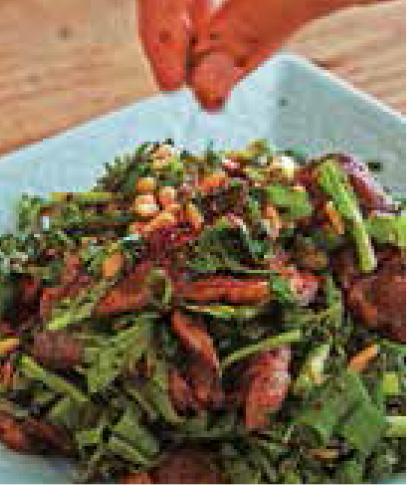
Southeast Asian seasonings
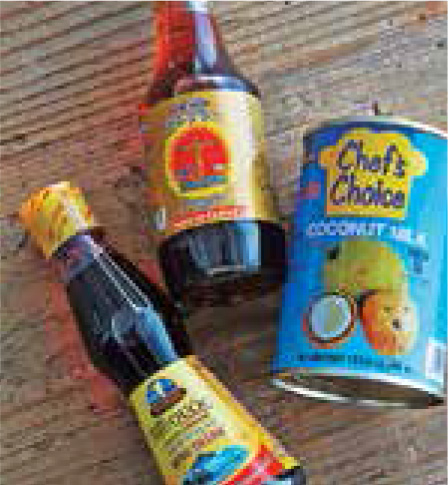
Vietnamese nuoc mam (pictured left) and Thai nam pla (middle) are fish sauces. They are made with salt-cured and fermented fish, and are integral to Southeast Asian cuisine. The Japanese fish sauce shottsuru has a similar taste. Coconut milk, pictured right, is made by adding water to shredded coconut and straining the mixture. It has a subtle sweetness and is used mostly in stewed dishes.
Chinese seasonings
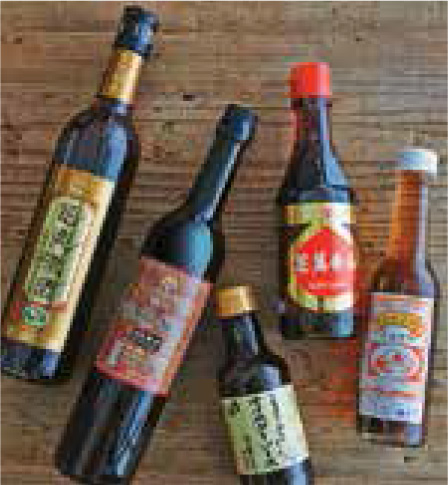
Shaoxing wine (far left) is brewed from short-grain or mochi rice. It has a complex flavor with bittersweet notes. In this book I have used one that has been aged for 12 years. Kojun vinegar (second from left) is a type of black vinegar from Jiangsu province in China; this one is aged 8 years. You can substitute another black vinegar in any recipe that calls for it. Oyster sauce (center) is a rich sauce made with oysters. Sesame oil (second from right) adds a wonderful nutty aroma to dishes. On the far right is another delicious black vinegar from Taiwan.
Chinese pantry ingredients
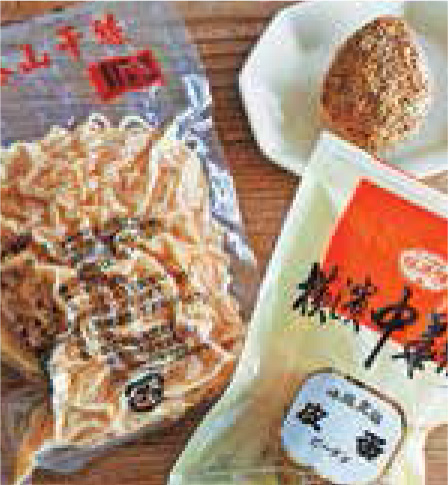
Dried tofu (left) is made by drying and thinly slicing tofu. It is also sold labeled as shredded tofu or dried bean curd. It has a unique light taste and chewy texture, and is often seen in dishes dressed with coriander at Chinese restaurants. To the right is century egg or pidan from China. This is made by preserving duck eggs in salt, rice hulls and other ingredients for several weeks to several months. The eggs have a very distinctive flavor.
Various dried spices
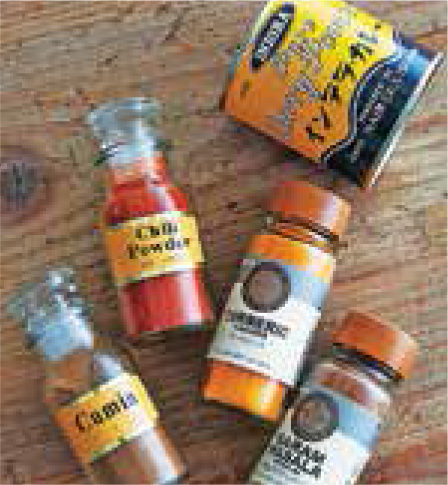
Curry powder (top right) is a mixture of several spices. Cumin powder (bottom left) has a subtle bitterness and a strong fragrance. Whole cumin seeds are also used in this book. Chili powder (second from left) is a mixture of powdered chili pepper and other spices. Turmeric (second from right) is known for its unique, vivid yellow color. Garam masala (bottom right) is a mixture of various spices that is often used to add flavor and fragrance.
Hot and spicy ingredients
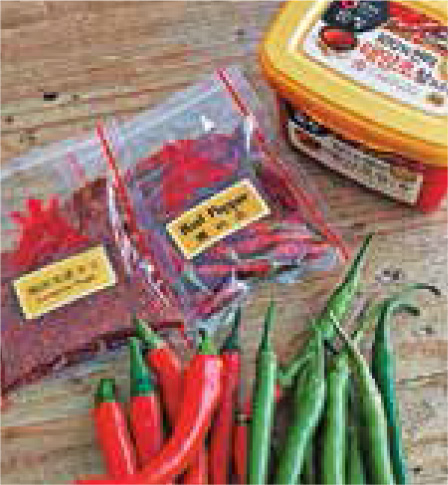
Coarsely ground dried red chili pepper (top left) is commonly used in Korean cuisine. Next to it are whole dried chili peppers, also called “dragon’s nails” in Japan. On the upper right is gochujang, a Korean fermented red chili paste with a spicy yet sweet taste. On the bottom are fresh chili peppers; the red ones are simply ripe green chili peppers. There are many varieties of chili peppers, with varying degrees of heat.
For adding fragrance and umami
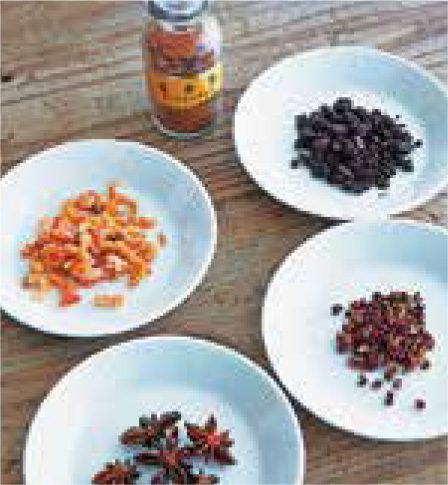
Five spice powder (in the jar) is a mixture of spices including cinnamon, cloves and star anise. Dried shrimp (upper left) are packed with shrimp flavor and umami. Douchi (top right) are fermented black soy beans from China; they are quite salty and very flavorful. Szechuan or Sichuan pepper (bottom right), has a tongue-numbing bite and is very fragrant. At the bottom is star anise. All are used commonly in Asian cuisine.